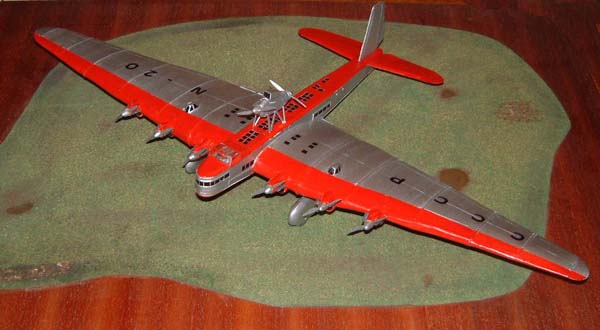
Scratchbuilt 1/144 Tupolev ANT-20
By Joel Christy
Introduction
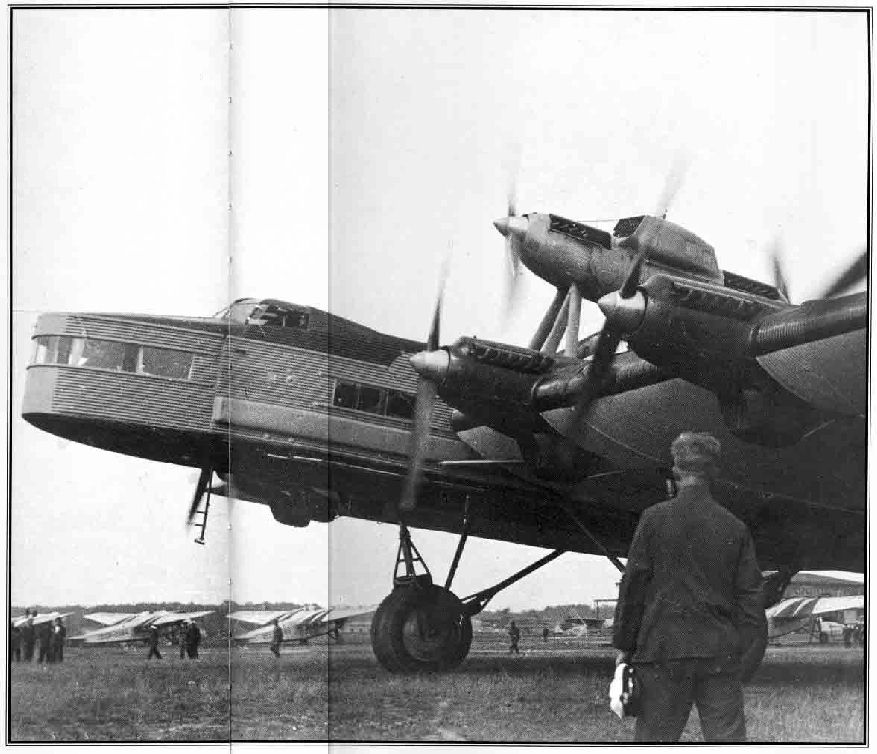
|
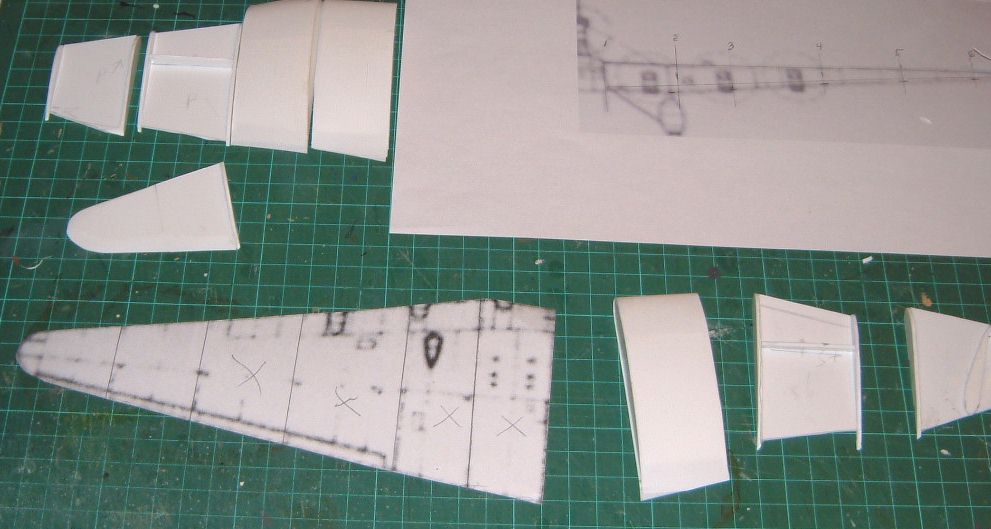
|
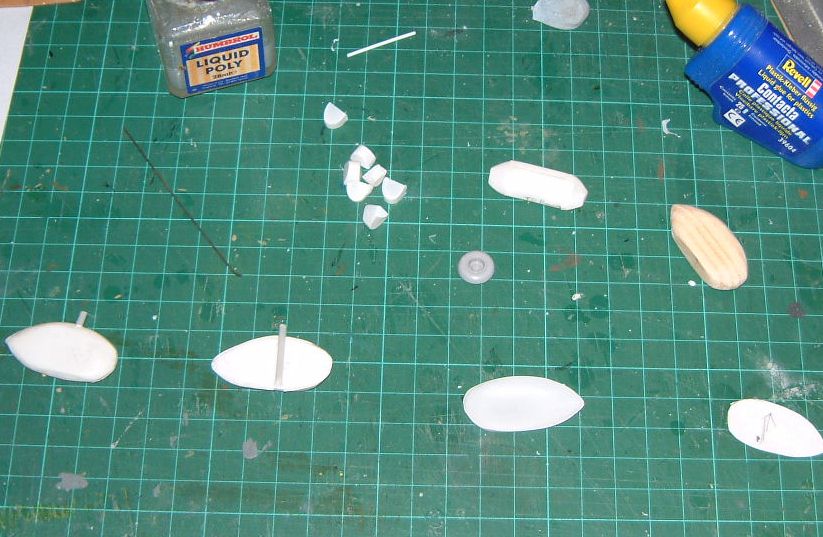
|
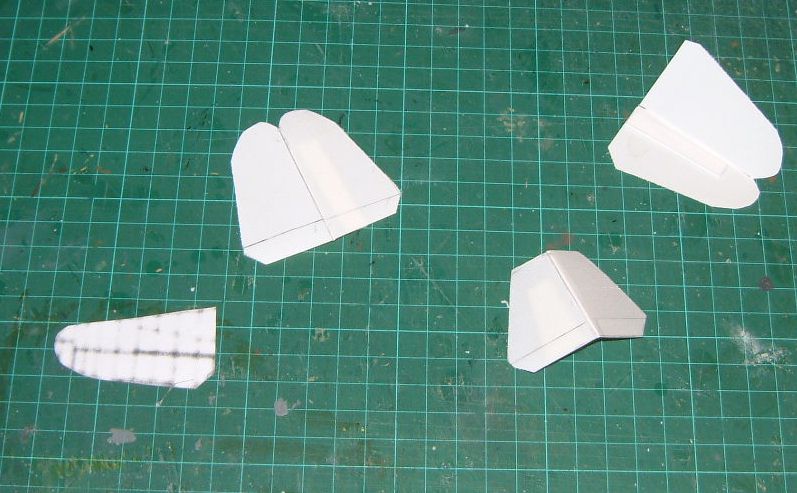
|
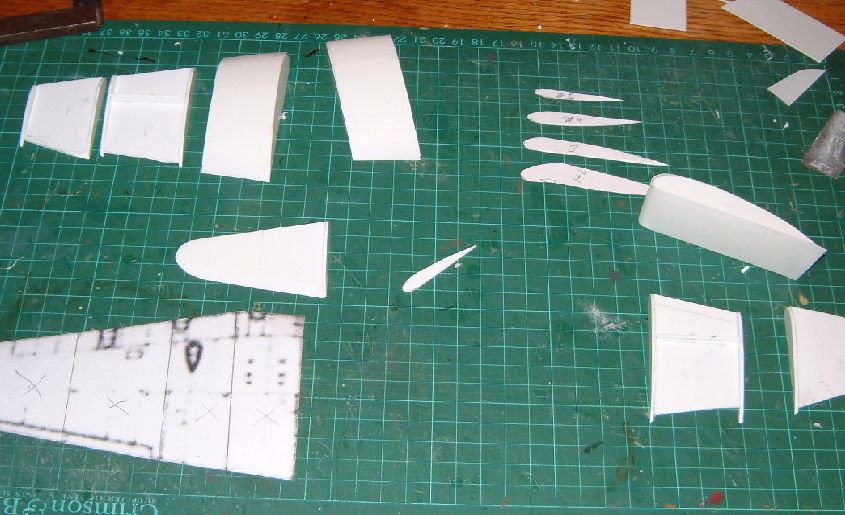
|
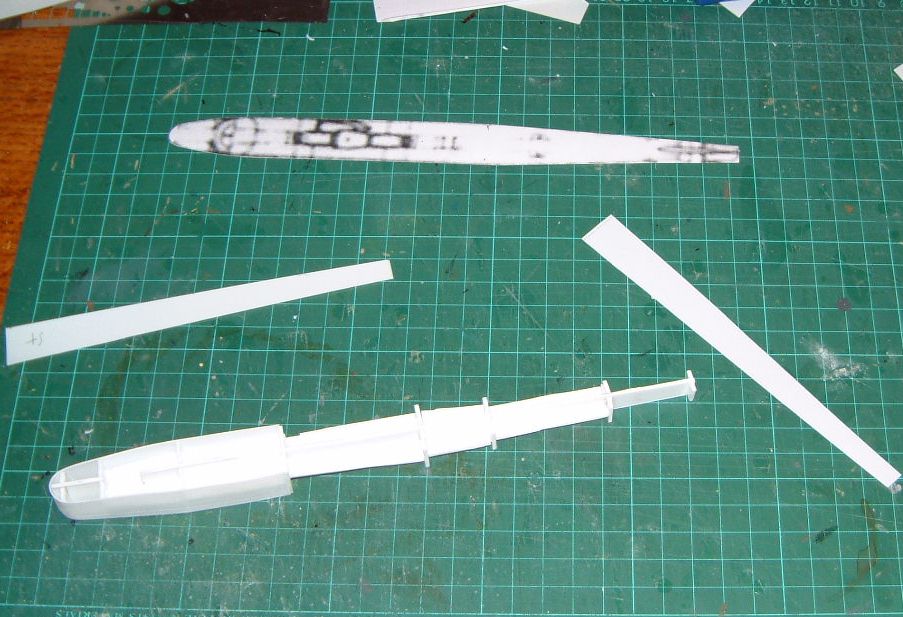
|
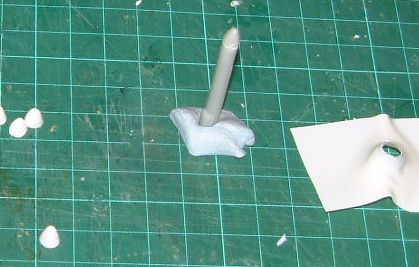
|
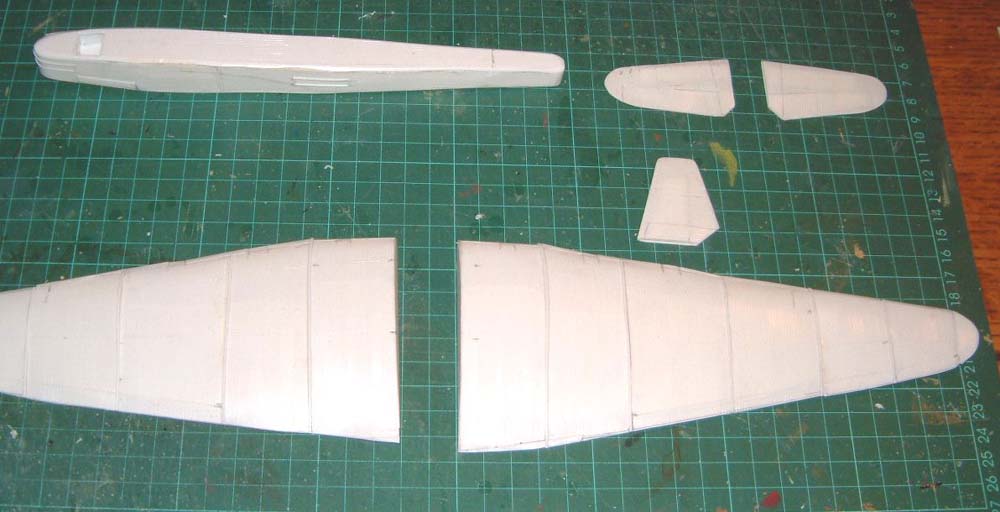
|
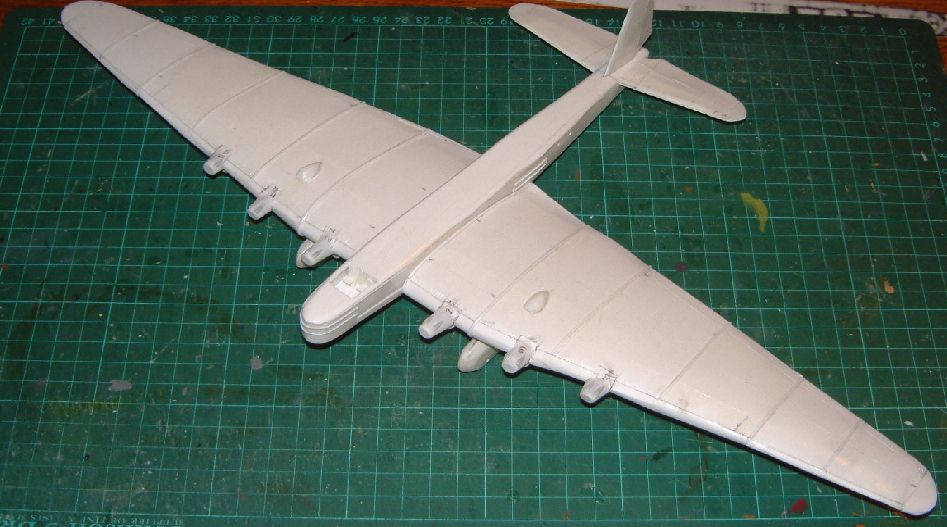
|
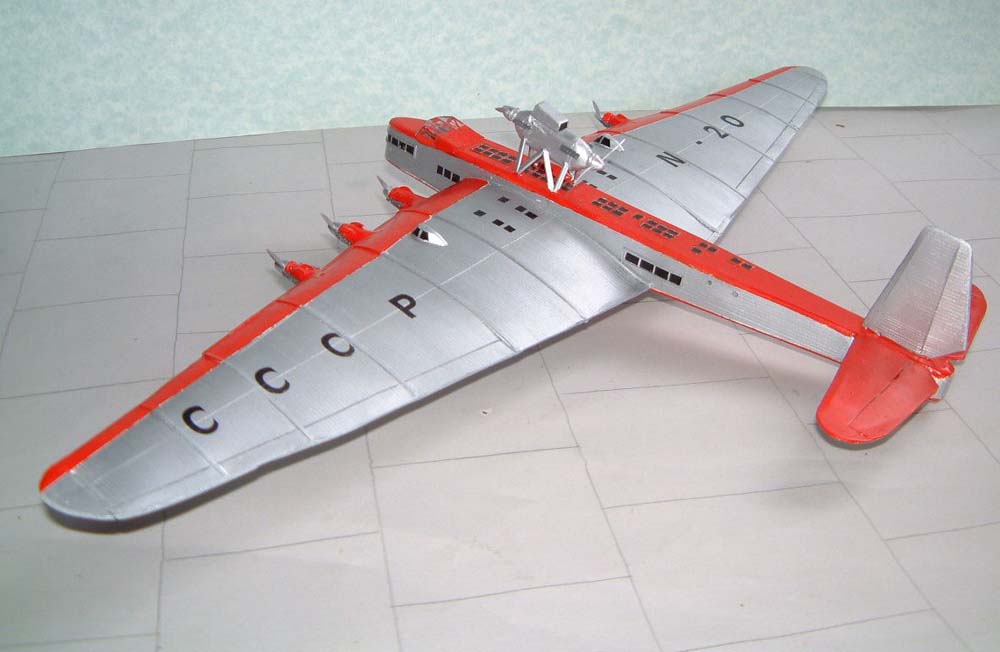
|
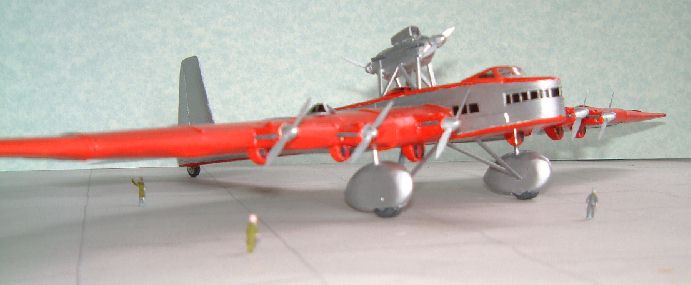
|
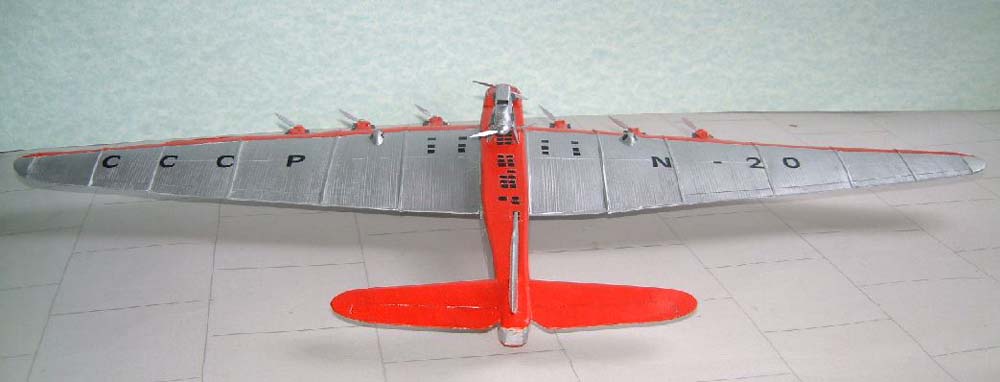
|
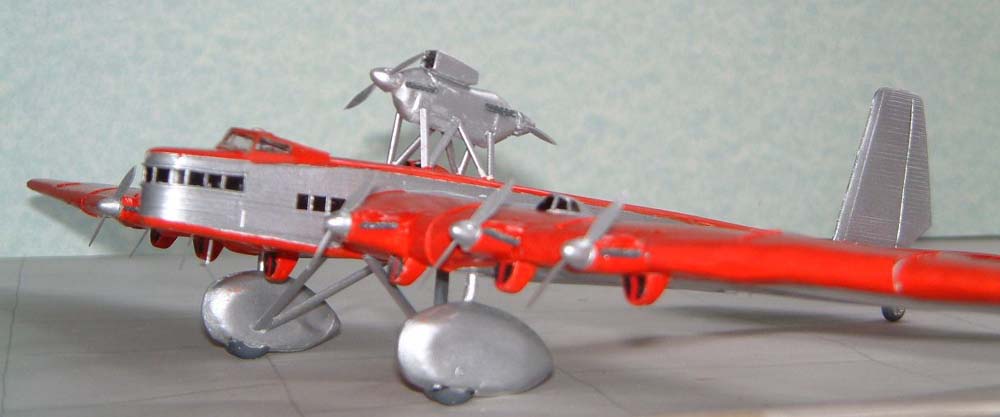
|
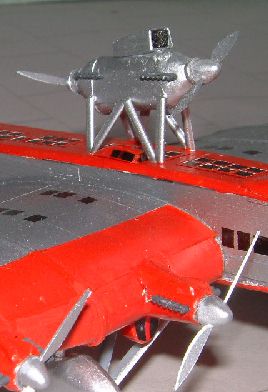
|
The Tupolev ANT-20 was in 1934 the World's largest aeroplane. Having a wingspan of 206 feet, a length of 107 feet, it could cruise at 137 mph with its eight Mikulin M-34 engines. Designed as a passenger plane it could carry nearly 80 people. It was named after the Russian poet Maxim Gorky. Although it was a commercial aircraft it was used for Stalinist propaganda and was equipped with a speaker system called “the voice from the sky”, a film projector for in-flight movies, a photo lab and full facilities for the passengers and crew. The wings near the roots were used as cabins and there were also observation blisters built into the top of the wings. Passengers boarded the giant aeroplane by means of a set of retractable stairs that folded down from the bottom of the fuselage. Besides the six engines in the wing's leading edge two more engines were added to the top of the fuselage when the six engines proved inadequate.
The original Maxim Gorky crashed in 1934 killing 45 people when it collided with an escort aircraft. Another ANT-20bis was built and it used only six larger engines. World War Two put an end to any more giant Soviet aircraft for the next 40 years. The Ant-20 was designed by Andrei Tupolev based on his designs of the 1920s and ‘30s including the very successful ANT-6 bomber. Like it the Ant-20 was covered in corrugated aluminium which gave it incredible strength.
The Model
I found some basic plans of the ANT-20 on the internet and once I had scaled them up to 1/144 I set to work. The long thick wing was going to be the biggest challenge so I started with it. After checking the plans and thinking it over I decided to build the wing in sections in order to get the correct taper and relatively flat top surface. Also since it would be covered with corrugated sheet it had to have inline parallel corrugations along the whole wing. Starting at the wing root I made sections with a rib at each end out of 40 thou plastic sheet. Once dry the section was covered with a sheet of 15 thou plastic. To achieve a corrugated pattern I C-clamped a piece of plastic the appropriate width of each section to a board with a steel fence. I then scraped the plastic with a razor saw blade several times held firmly against the steel fence. This gave me consistently parallel sheets of corrugated plastic skin. All together each wing was made up of five sections. Once all were constructed I simply butt glued them together and voila, two wings!
The fuselage was built in the normal slab and former way. The sides were also made with 15 thou corrugated sheet whilst the top and bottom were made of 40 thou sheet that once attached and dry could be sanded to the correct shape.
Next the tail surfaces were made out of 15 thou sheet with a bit of 40 thou plastic sandwiched between the surfaces to get an airfoil shape.
When the main parts were cleaned up and ready they were assembled. The wings were simply butt joined to the fuselage and the tail surfaces glued to the end of the fuselage. That done it was time to detail the basic airframe. I began with the six engines mounted on the wing's leading edge. I plunge formed them over a ball point pen top. Cut to shape they were then attached to their positions. The pilots' cockpit
cover and three blisters were plunge formed a wooden mould as were the four halves of the large wheel spats. The two halves of the top engine were also made the same way. This item was then attached to the fuselage using Contrail strut material.
With all the details completed I gave the whole model two coats of silver straight out of the spray can. There was a lot of contradictory information regarding the Maxim Gorky's colour scheme. Some showed an all red wings and others only partially red. So I opted for the scheme that you see. This also allowed the corrugation pattern show up nicely on the finished model. All the glazing except the cockpit was made from painted black decal film. The eight propellers had plastic sheet blades attached to plunge formed spinners. The 16 exhaust sets were made of sandwiched bits of corrugates plastic sheet and glued to the engines. The four large wheels and tail wheel came from the spares box. I cut two wheels in half and attached them to the bottom of the wheel spats. Lastly the letters and numerals were applied using some dry transfer sets. A coat of Klear/Future completed the model.
Conclusion
Looking at this replica of the Tupolov Maxim Gorky I can't help but be impressed by its size. Even in 1/144 scale it is bigger than a 1/72 model of its contemporary, the ANT-6. No other country surpassed this Soviet giant until the advent of the Bristol Brabazon in 1950. One wonders what the history of Aviation would have been like had relative peace continued after the 1930s.
